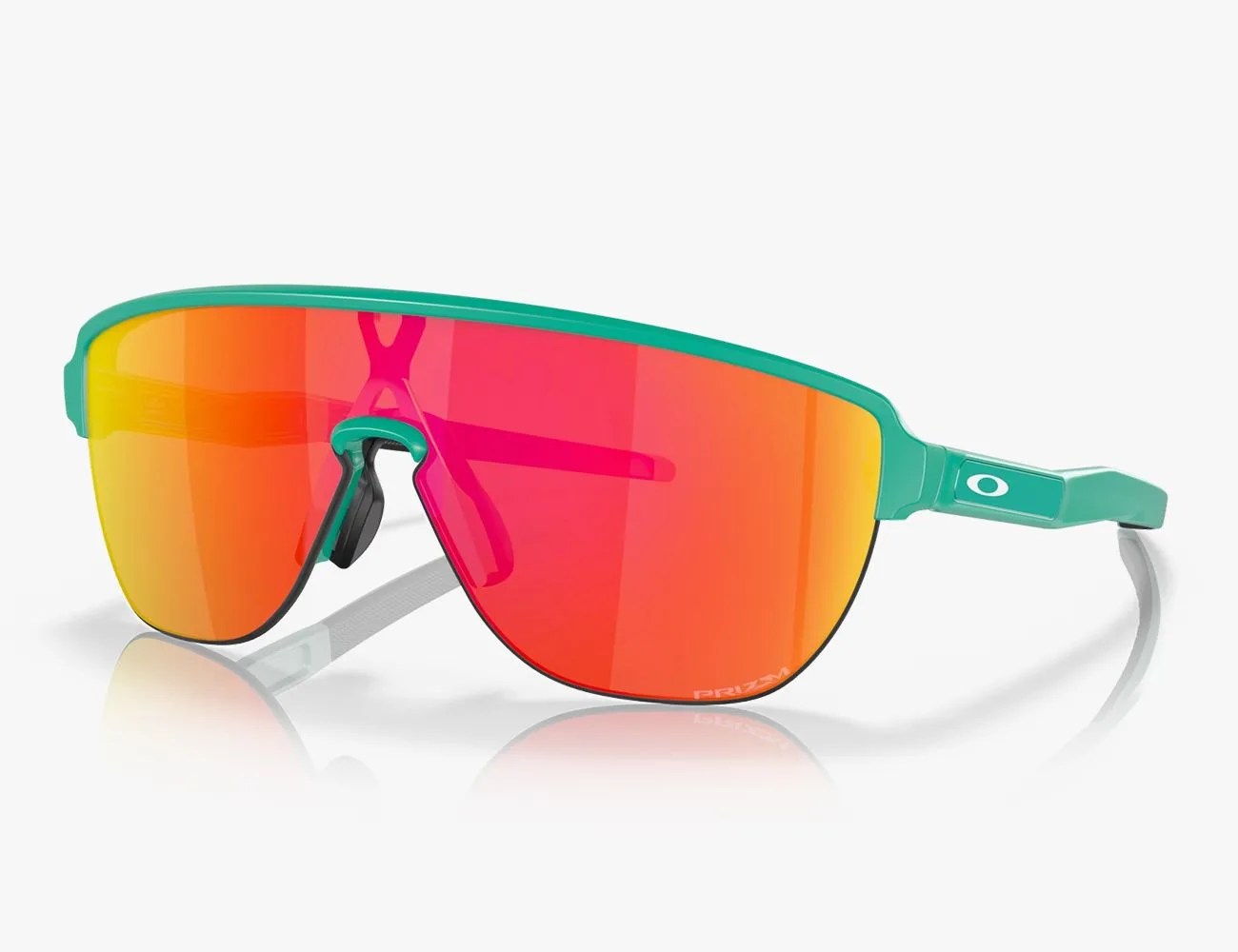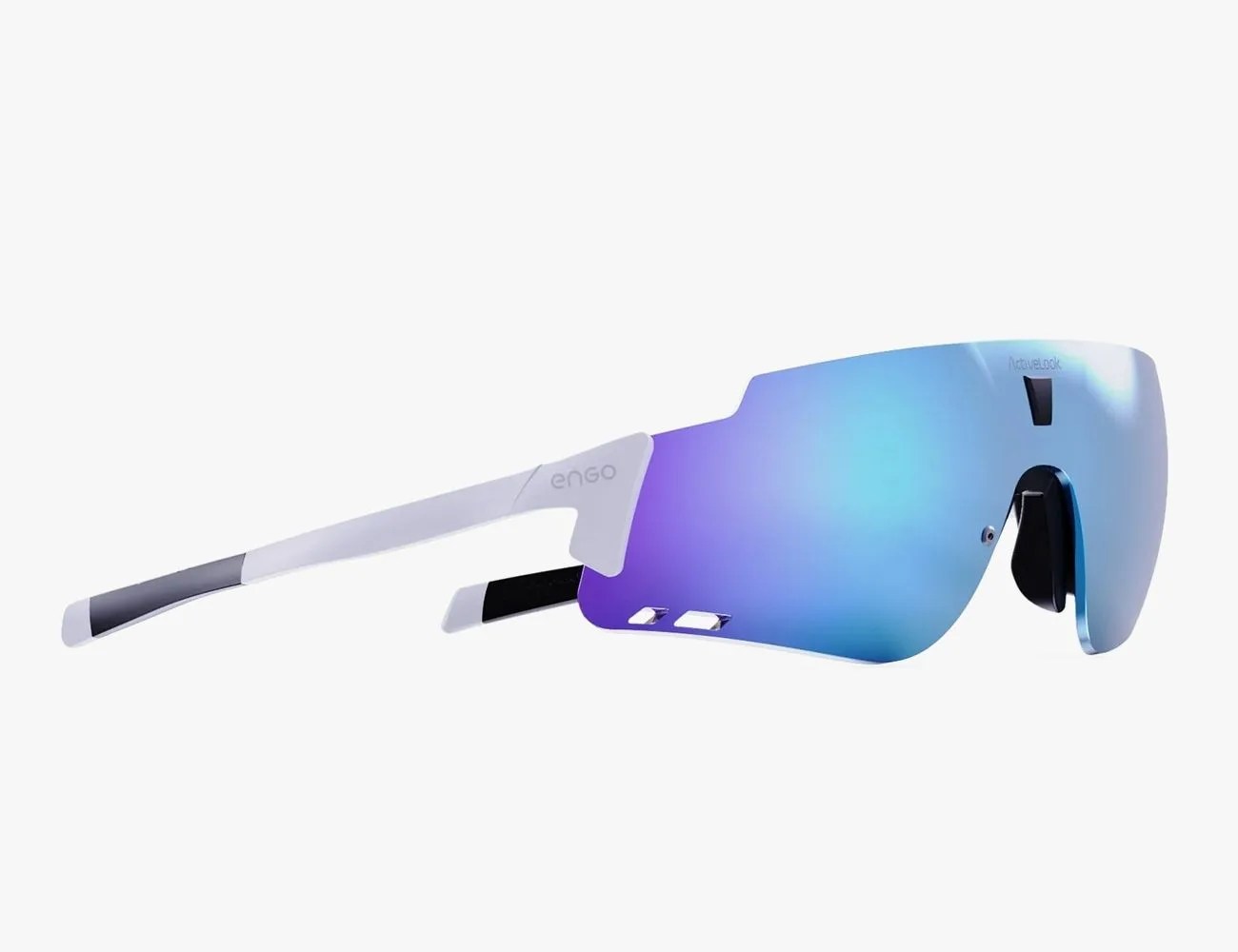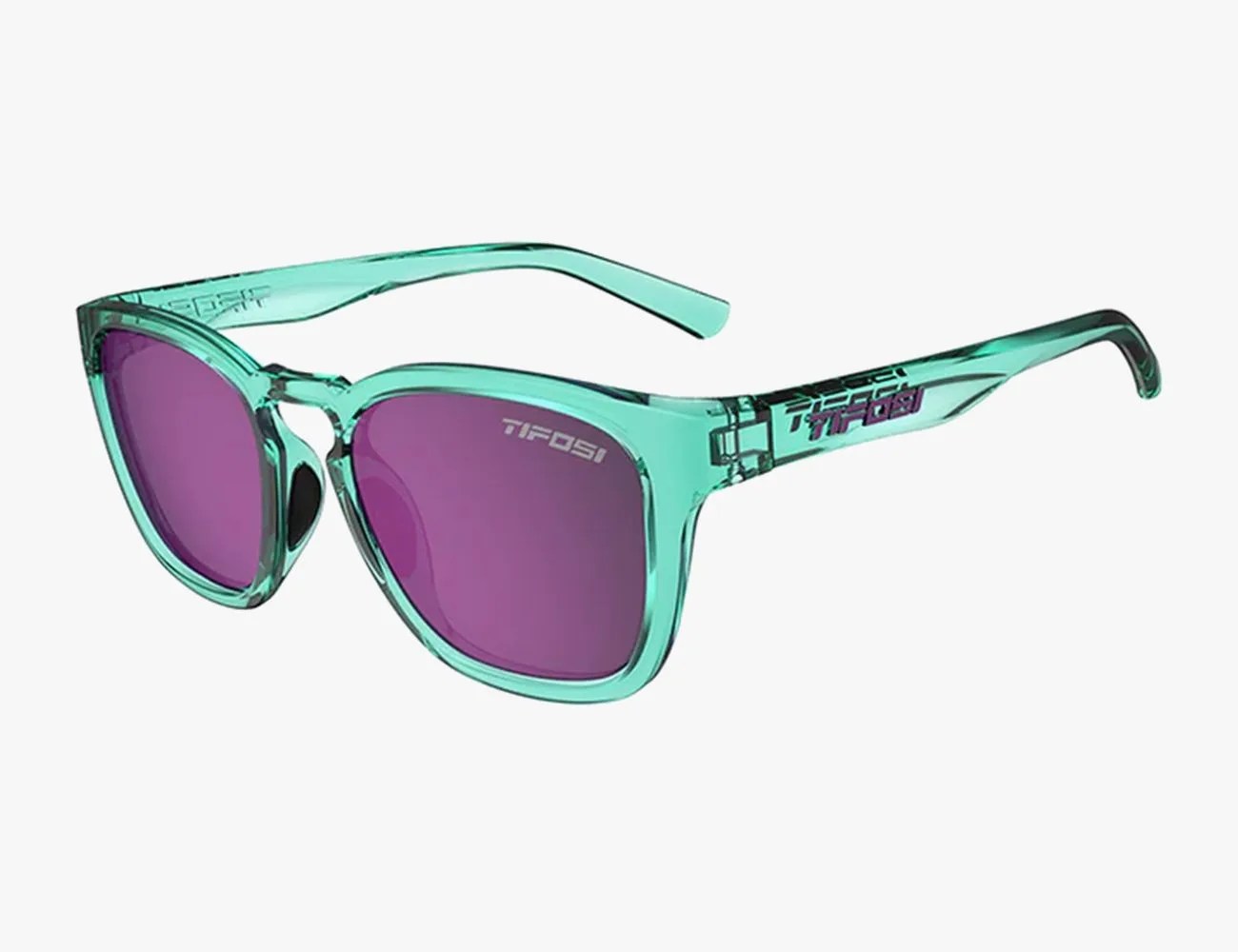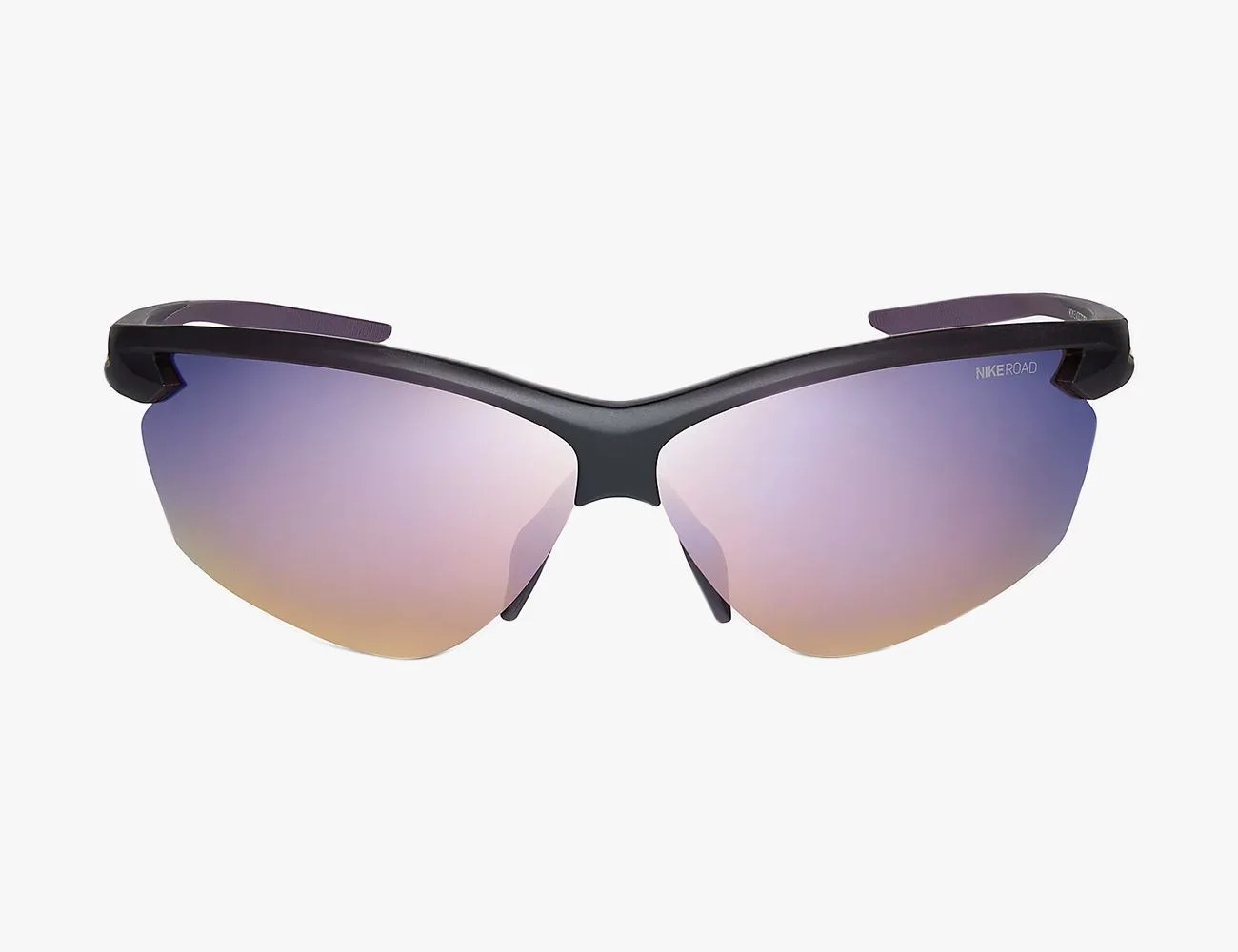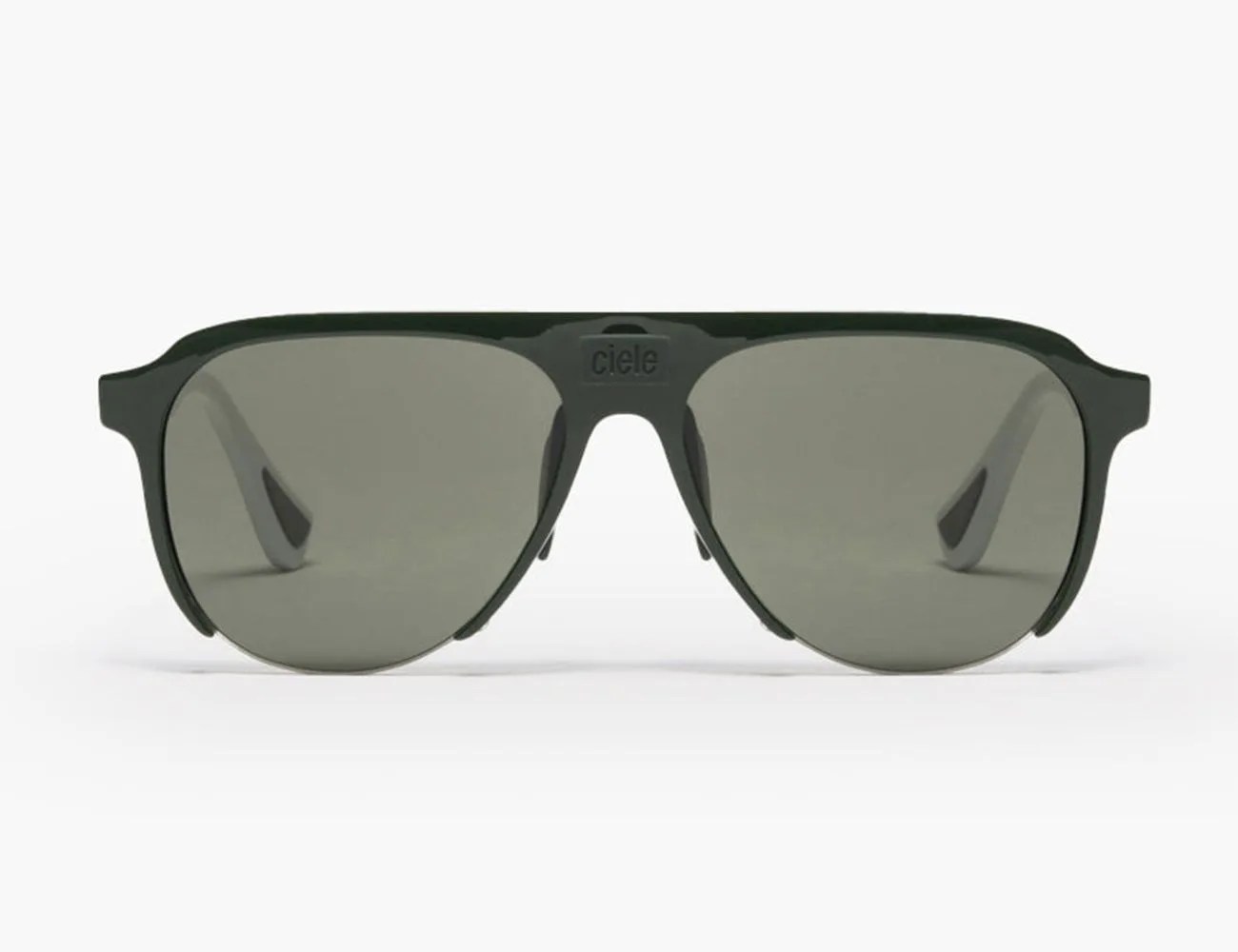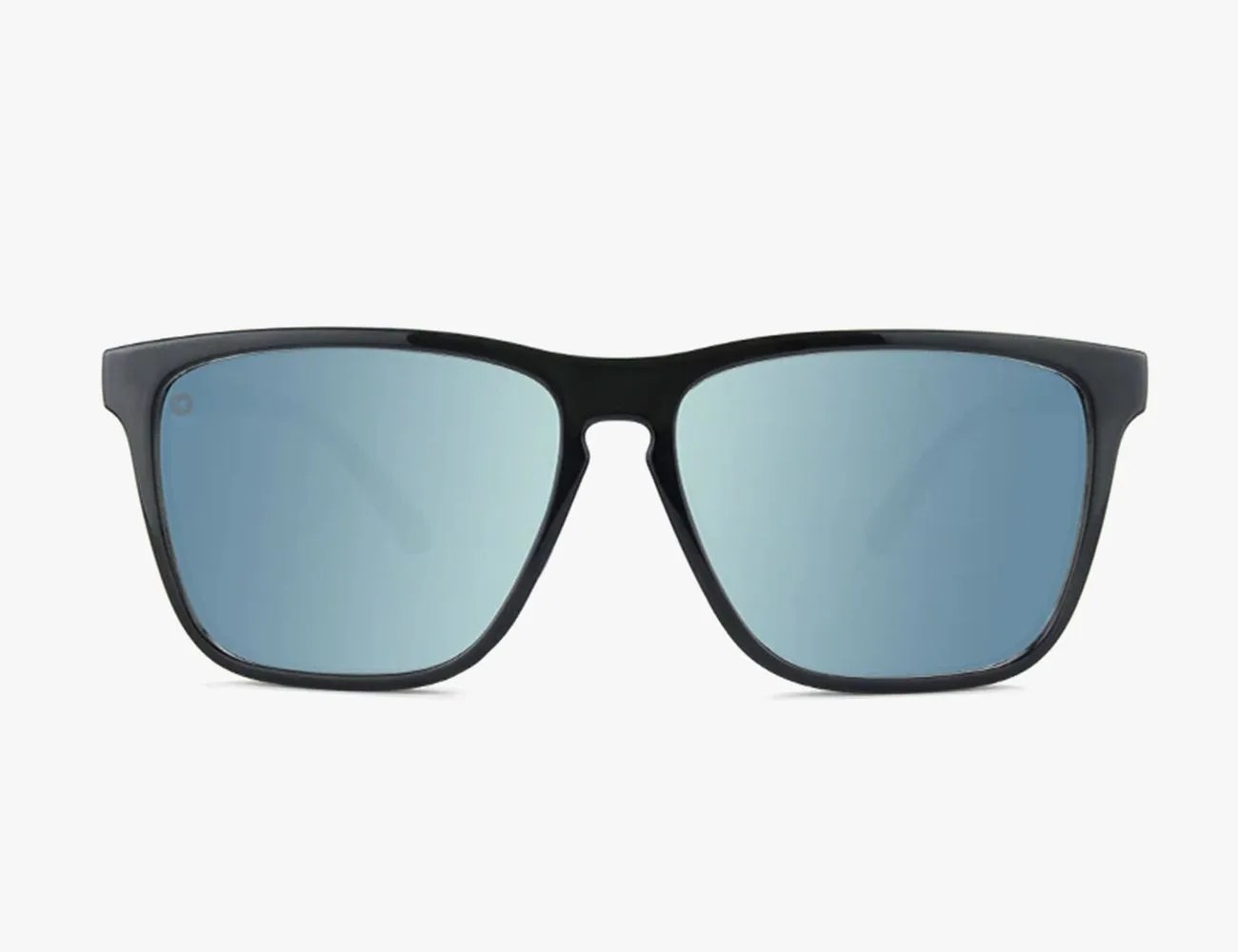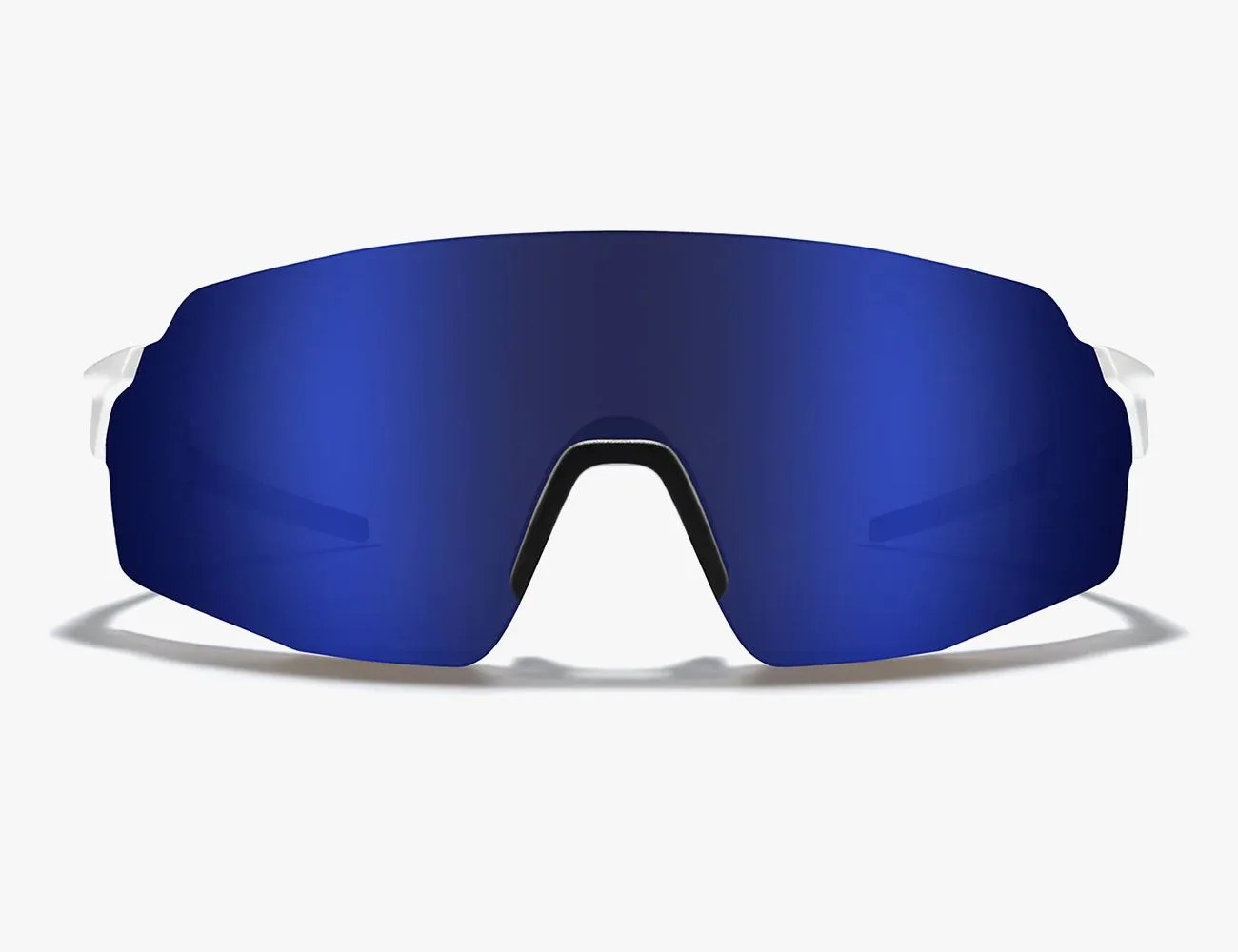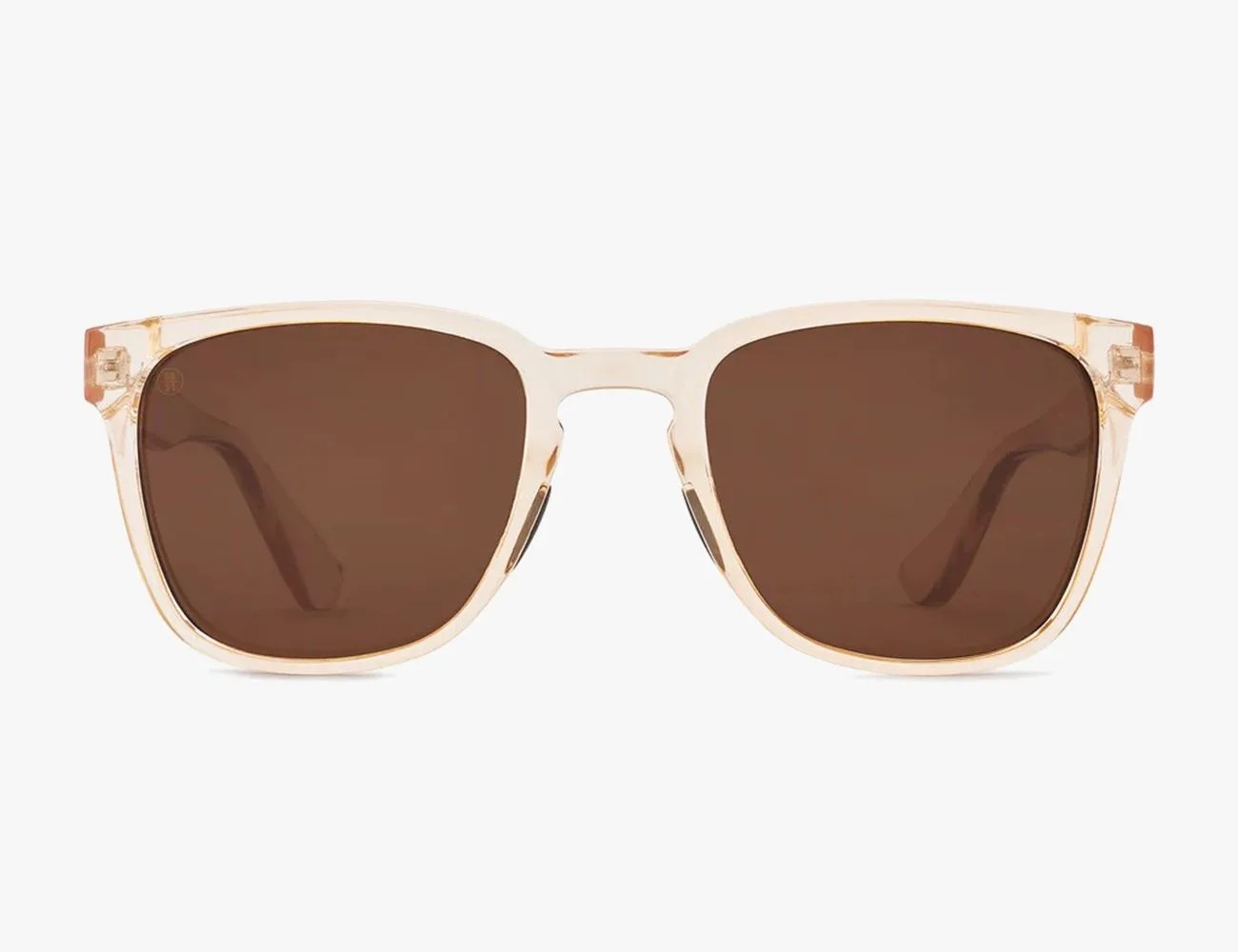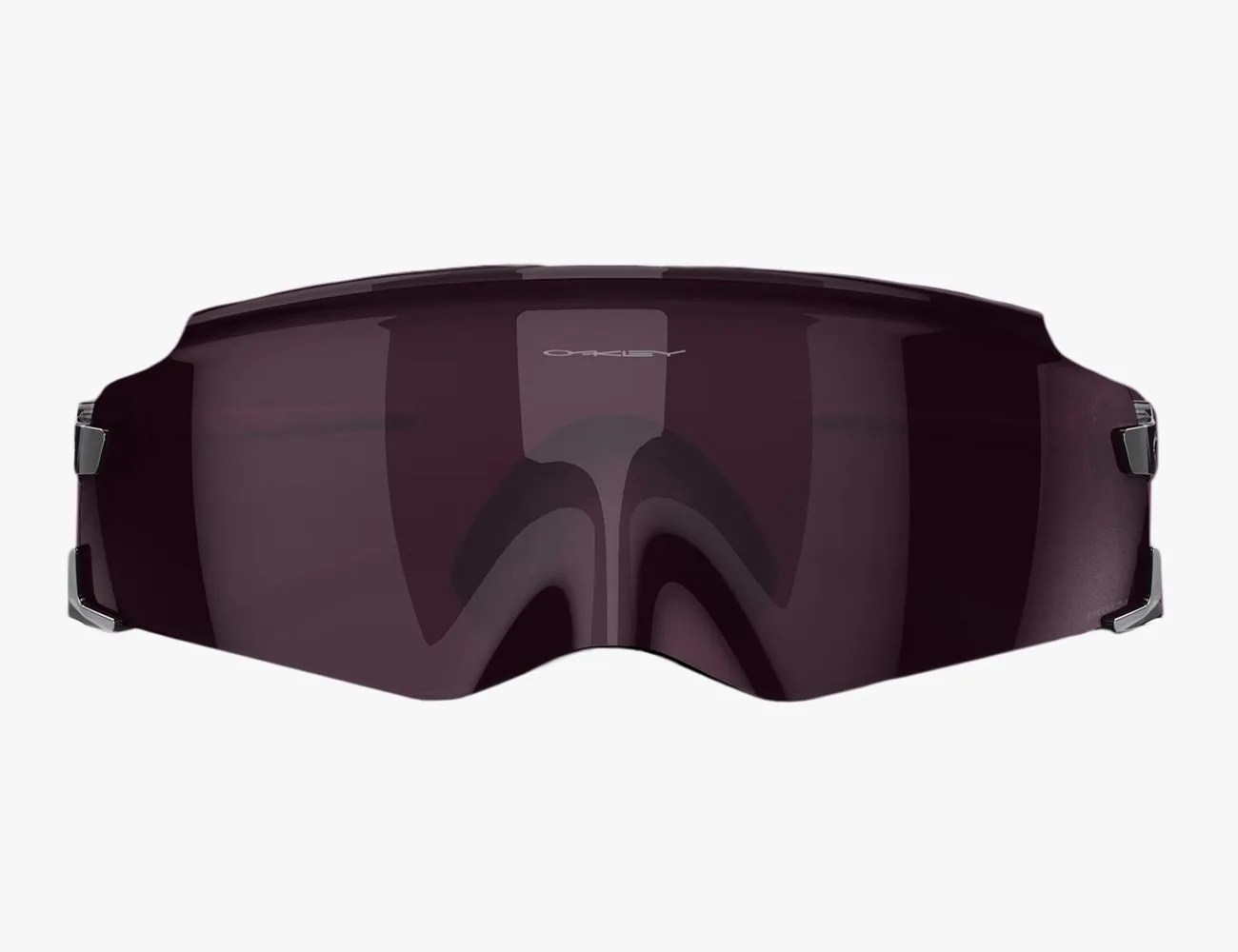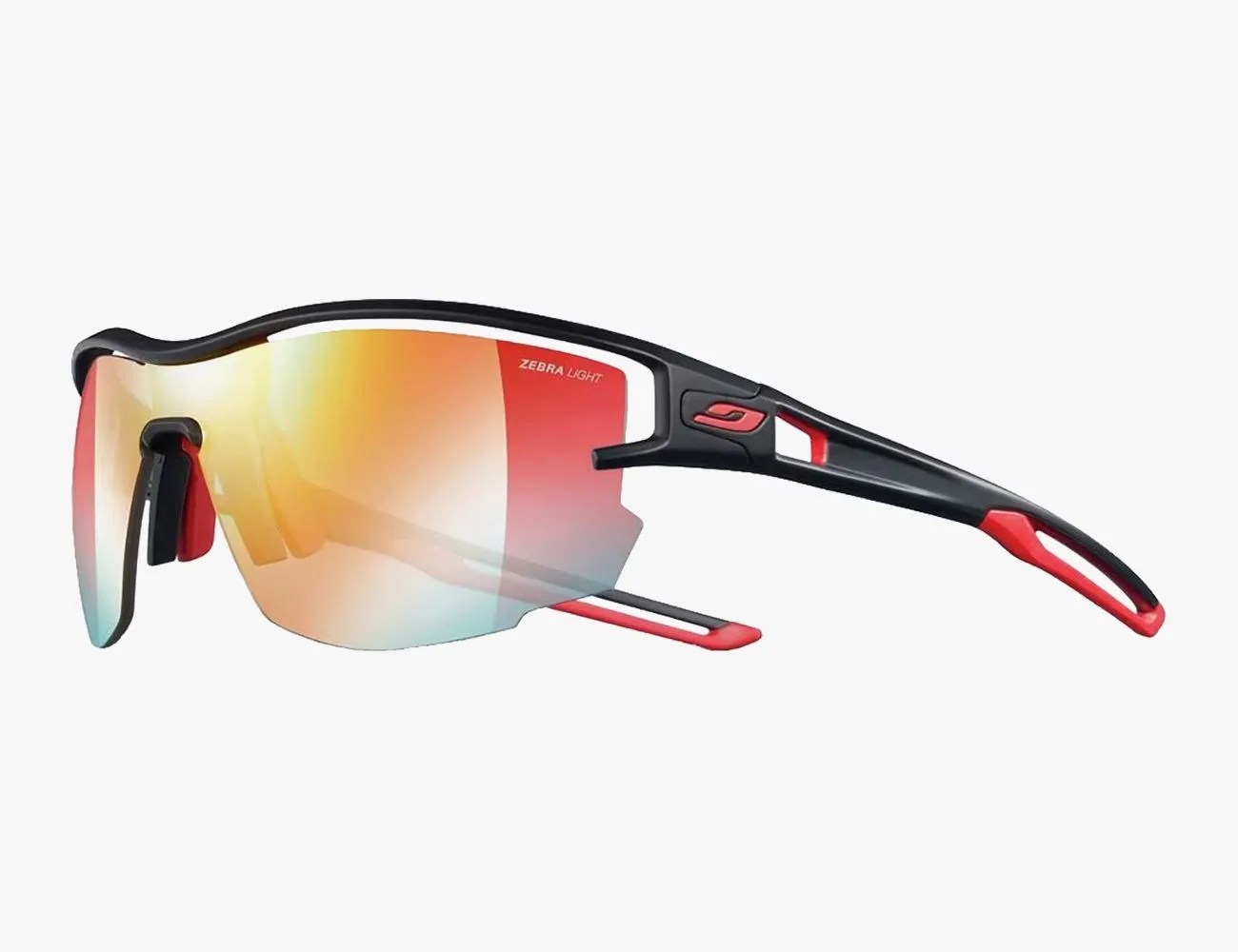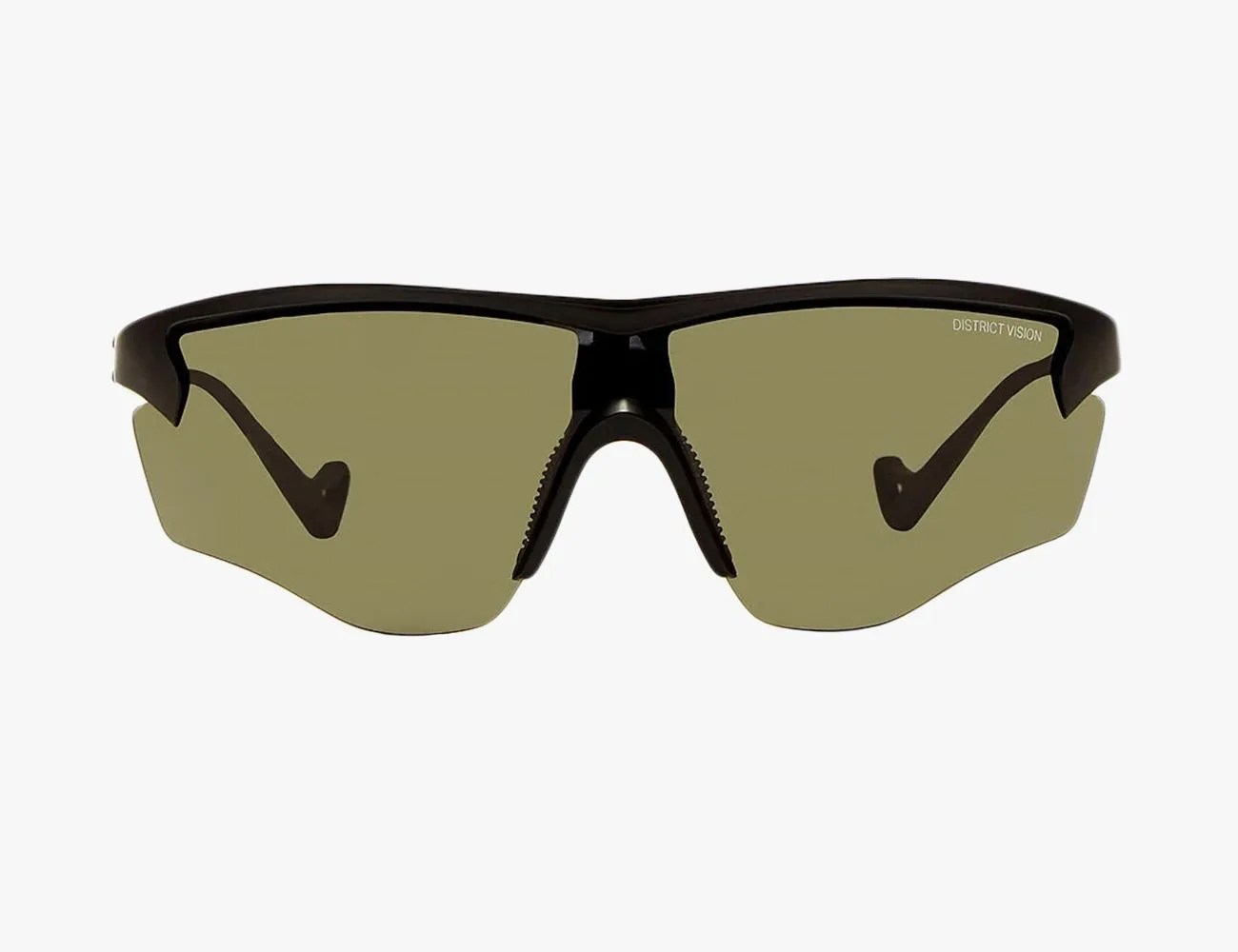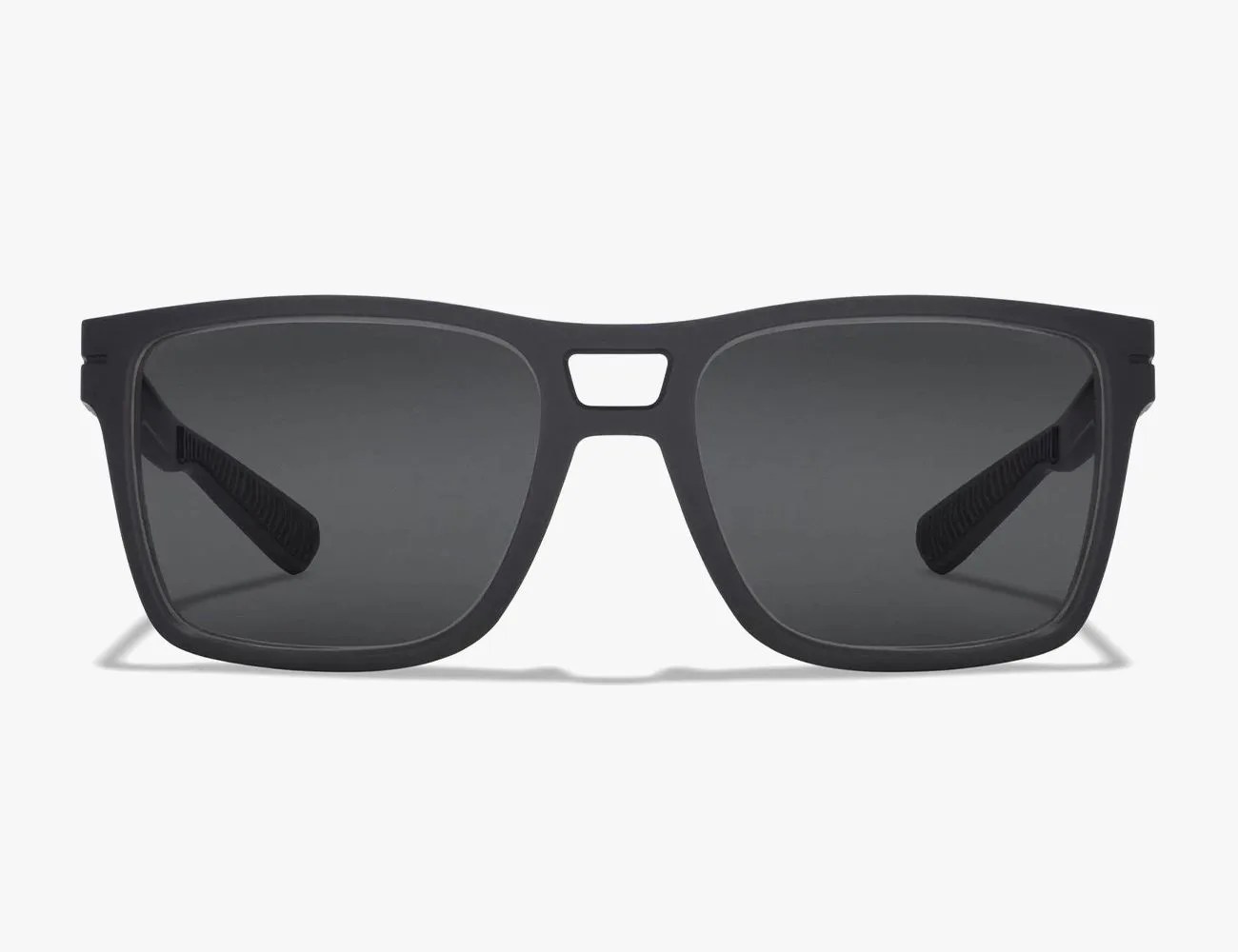Whether looking to keep your eyes safe from harmful rays and glare, aiming to cover up your pupils from debris, dust and mud or just trying to upgrade your training silhouette, running sunglasses can be an excellent addition to your workout wardrobe. Designed for lightweight coverage and multiple light conditions, these sleek wearables serve as the perfect bridge between style, comfort and performance.
Yet, like the purchase process involved with running shoes and other training garb, it can be difficult to understand which features to look for when inquiring about your first pair of shades. Before you go rummaging through the wide array of frames, lenses and brands, it’s helpful to know some key factors to keep your eyes on.
Products in the Guide
-
Oakley Corridor
BEST OVERALL RUNNING SUNGLASSES
Read more -
Engo Eyewear Engo 2
BEST UPGRADE RUNNING SUNGLASSES
Read more -
Tifosi Smirk
BEST BUDGET RUNNING SUNGLASSES
Read more -
Nike Victory Road Tint Sunglasses
BEST LIGHTWEIGHT RUNNING SUNGLASSES
Read more -
Ciele GTGlass
MOST STYLISH RUNNING SUNGLASSES
Read more -
Knockaround Fast Lanes Sport
MOST VERSATILE RUNNING SUNGLASSES
Read more -
Roka SL-1X
BEST RUNNING SUNGLASSES FOR LARGE FACES
Read more -
Kaenon Avalon
BEST RUNNING SUNGLASSES FOR NARROW-FACED ATHLETES
Read more -
Oakley Kato
BEST RUNNING SUNGLASSES FOR FULL FACE COVERAGE
Read more -
Julbo Aero REACTIV 1-3
BEST RUNNING SUNGLASSES FOR TRAIL RUNNING
Read more -
District Vision Junya Racer
BEST RUNNING SUNGLASSES FOR TRIATHLETES
Read more -
Roka Kona
BEST PRESCRIPTION RUNNING SUNGLASSES
Read more
How to Choose Running Sunglasses
Fit and Security
Naturally, your eyewear should fit your face, right? Well, this note goes a little further when deciding on proper running sunglasses. Not only do the frames need to match your face size for comfort and cosmetic purposes, but the silhouettes also need to retain their placement across the high-impact movements associated with running. To help ensure your shades stay in place throughout your workouts, look for profiles featuring grippy nose pads and temple tips. These build components can help create friction across the skin at key areas, allowing you to move freely without having to adjust your frames on a routine basis.
Shape
When thinking of your preferred shape, it ultimately comes down to how protected you want to be across the front of your face, as well as your preferred look when wearing your shades. Full-coverage running sunglasses can be great for providing a heightened sense of protection from oncoming debris and dust, while slimmer, dual-lens designs may be more appealing for their more versatile wearability. You can also look for wraparound styles that provide excellent coverage while still offering a wide field of view, which can be desirable for trailer runners who need to utilize their peripheral vision to adjust for technical terrain changes. Ultimately, though, it’s up to your preferred taste.
Lens Color
Another common question you may be asking is, “Which lens color do I need?” Again, there’s no absolute right or wrong answer. If you’re running mostly in low-light or overcast conditions, yellow or orange lenses can provide enough contrast to help you see your way. For sunnier jogs, rose, red, amber and brown lenses are good choices to consider. Above all else, ensure your running sunglasses provide plenty of UV protection. Shades rated UV400 should be a good benchmark when searching for your first pair.
Coatings
In addition to your lens color, you can also opt for extra coatings to help deal with common environmental factors like finger smudges and fog. These coatings can be plenty convenient for a handful of runners, but they’re only as necessary as you deem the technology.
Do You Need Polarized Running Sunglasses?
Another popular coating technology offered across a number of running sunglasses is the option of polarized lenses. Polarization works by helping block reflected light off flat surfaces, which can keep your eyes protected and offer enhanced visual clarity. But should you be looking solely at polarized lenses for your running sunglasses? Again, that depends on your typical running environment.
Because of the lower light conditions — and the need to make split-second directional changes — trail runners might want to steer clear of polarized lenses. Polarization can sometimes lead to altered depth perception, which can cause eye strain or lead to missteps along your path. Instead, look to wear your polarized shades in sun-filled running environments or where you’ll most likely encounter glare, like off car windows or bodies of water.

